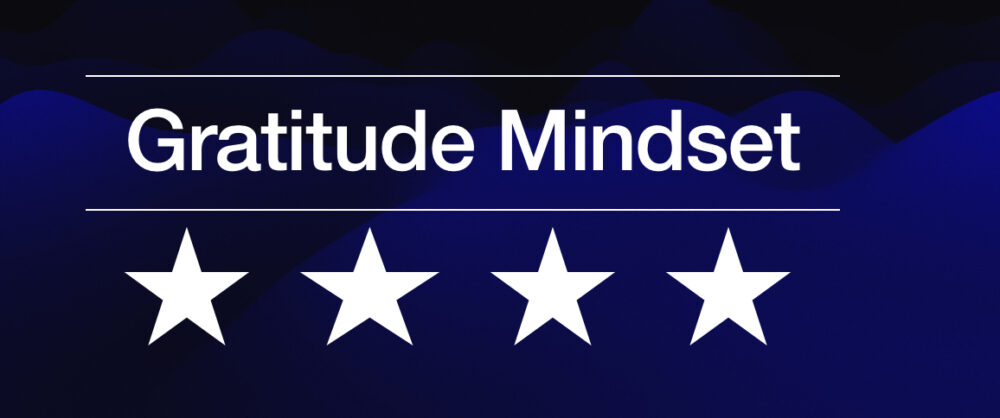“Yoga does not just change the way we see things, it transforms the person who sees.” — B.K.S. Iyengar
What if just a few minutes a day could transform your body, clear your mind, and recharge your spirit?
Welcome to the world of yoga. It’s a powerful practice that’s more than stretches and poses; it’s a gateway to lasting health, balance, and inner peace.
Yoga is a timeless practice that blends gentle movement, mindful breathing, and meditation to nurture not just the body, but the mind and spirit as well.
Whether you’re seeking to boost your flexibility, reduce stress, or simply reconnect with yourself, yoga offers a welcoming path to greater health and harmony. It’s more than exercise; it’s a journey toward inner calm and vibrant well-being that anyone can embark on, no matter their age or fitness level.
Yoga stretches and strengthens muscles, relieves tension, and increases joint mobility, which can help address pain caused by tight muscles and stiff joints.
Yoga also integrates breath control, meditation, and mindful movement, which can calm the nervous system, reduce stress, and improve mood-factors that influence pain perception.
Yoga offers practitioners a wide range of health benefits for both body and mind:
Physical Health Benefits:
• Improves strength, balance, flexibility, and posture by stretching muscles and joints through various poses.
• Helps relieve chronic pain conditions such as back pain, arthritis, and carpal tunnel syndrome by increasing joint mobility and muscle strength.
• Enhances cardiovascular health by lowering blood pressure, improving lipid profiles, and increasing oxygen uptake, which reduces risks of heart disease and stroke.
• Supports respiratory function and may improve symptoms of asthma through breathing exercises.
• Promotes bone health through weight-bearing poses that aid bone remodeling and may help prevent osteoporosis.
Mental and Emotional Health Benefits:
• Reduces stress, anxiety, and depression by calming the nervous system and lowering cortisol levels.
• Improves sleep quality and mood, contributing to overall well-being and energy levels.
• Enhances mindfulness, concentration, and emotional regulation, fostering a sense of calm and relaxation.
Yoga combines physical postures, breath control, and meditation to create these holistic benefits, making it a valuable practice for improving health and quality of life.
Source: https://www.nccih.nih.gov/health/yoga-effectiveness-and-safety
BELIEVE, HAVE FAITH, BE ALWAYS GRATEFUL!
Like this:
Like Loading...
